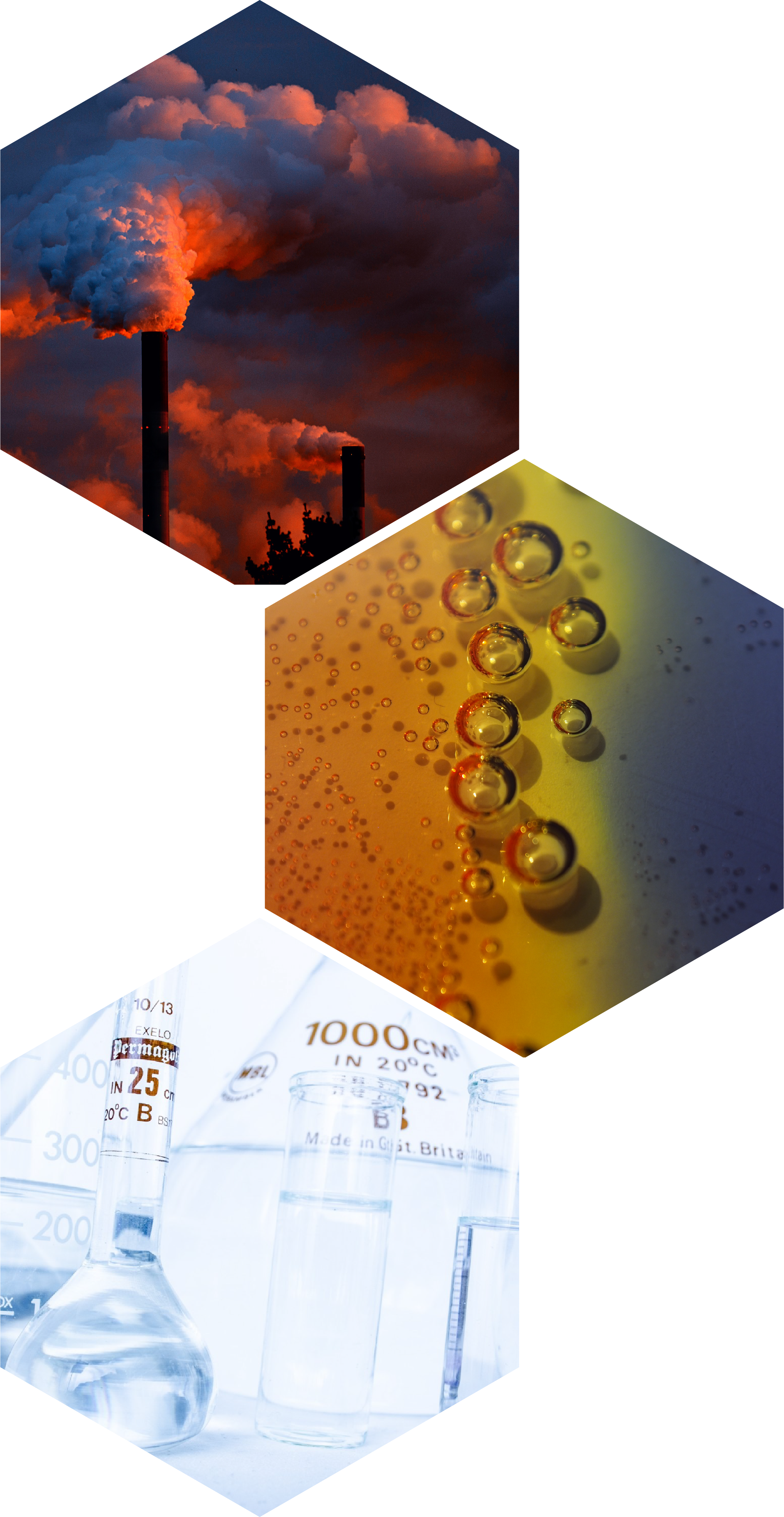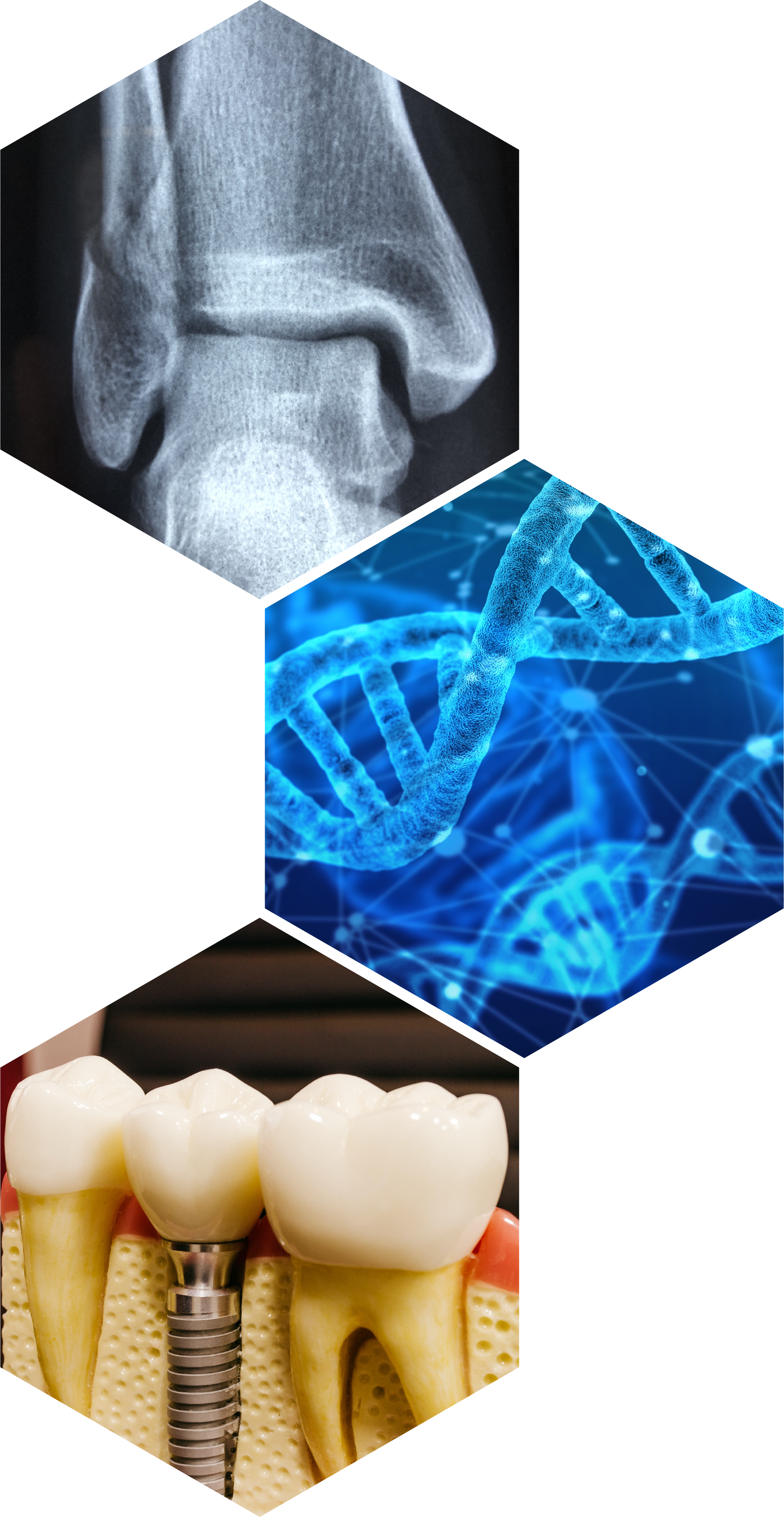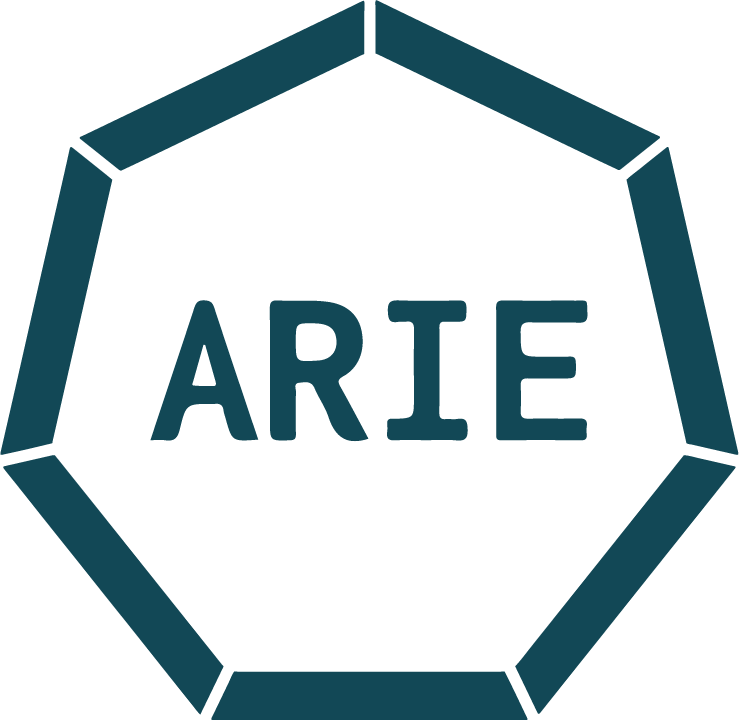Automotive, Aeronautics & Space
Advanced Materials & Nanotechnology
Food, Agriculture & Consumer Products
Chemistry & Catalysis
Energy & Electronics
Mining, Environment, Oil & Gas
Pharmaceuticals
Medical & Biotechnology
Automotive, Aeronautics & Space

- In operando stress and fatigue mapping within machine components.
- In situ studies of surface treatments and coatings.
- Characterising materials (e.g. plastics, composites, fabrics, metals, and alloys) to improve performance, safety and comfort.
- Tracking combustion and catalytic processes in situ (both structural and chemical), under standard catalyst operating conditions.
- Investigating the atomic- and micro-structure of metals, alloys, glasses, ceramics, semiconductors, composites, metal foams, and nanomaterials.
- Non-destructive quality-control testing to detect hidden defects and other manufacturing anomalies.
- Tracking material changes during operation (from milli- to pico- or femto-second timescales) to reveal structure-property relationships.
| Application example
Newly designed machine parts can be probed to reveal and quantify residual stresses from the production. The data can be used to validate and improve models of how these stresses form, which allows engineers to design safer and longer-lasting components.
|
Advanced Materials & Nanotechnology

- Characterising the microscopic structure and properties of advanced materials.
- Tracking material changes under simulated production conditions, such as extreme pressures, temperatures and magnetic fields.
- Investigating structural changes in situ as a function of stress and/or changing environmental conditions.
- Optimising material properties using ion beams.
- Characterising spintronic and magneto-electronic materials and devices.
- Morphological and structural characterisation of nanomaterials using 3D imaging.
- Characterising thin layers (roughness, interfaces).
Application example
Room-temperature superconductivity would eliminate many of the world’s energy problems, offering lossless energy storage and distribution. Scientists have been studying superconducting materials using various probes available within ARIE to trace electronic interactions and identify new magnetic behaviour. This knowledge could potentially be exploited to design new superconducting materials that work at higher temperatures. |
Food, Agriculture & Consumer Products

- Investigating the dynamics and stability of food emulsions.
- Studying structural changes in plastics used for packaging and storage.
- Understanding crystallisation and phase processes in food.
- Chemical imaging of plants, seeds, grains, algae, etc.
- Characterising polymer and metal parts used in consumer goods to assess the impact of stress, heat, and humidity.
- Non-destructive studies on the degradation of materials used in consumer products.
- Identifying low-level chemical toxins in plants, microorganisms, and animal tissues, and determining their distribution.
- Speciation of environmental pollutants.
| Application example
The microstructural and chemical change of food and other consumer products due to environmental influences and aging can be systematically studied. The results can be used to optimise the longevity of products after production in the factory, during further transport processes and until the final use by the customer.
|
Chemistry & Catalysis

- In situ qualitative and quantitative measurements during catalysis, at millisecond time resolutions and across wide concentration ranges.
- Characterising the morphology of surfaces, thin films and interfaces.
- Studying chemical reactions and industrial processes on a microscopic scale under both dynamic and steady-state conditions.
- Studying the interactions between particles and other substances.
- Determining the distribution and dimensions of particles and pores.
- Identifying and characterising chemical contaminants.
- Nanoscale characterisation of the shape, size, and density of molecular aggregates.
- Analysing the shape, size, and density of nanoparticles and catalyst particles, and phase distributions in catalyst pellets.
Application example In-operando spectroscopy and microscopy investigations can be used to study catalytic processes in working vehicle exhaust systems. The results can be used to optimise the operation and regeneration processes of catalytic vehicle components, so that production costs can be minimised and component life extended. |
Energy & Electronics

- In-situ measurements of hydrogen storage and conversion media.
- Characterising battery materials and components inside functioning battery cells.
- Stress mapping of wind-turbine components.
- In-operando characterising of organic, inorganic, and hybrid photovoltaic materials.
- Tracking lithium ion exchange in working lithium ion batteries during charge/discharge cycles.
- Imaging water flow in running hydrogen and electrolysis cells.
- Studying conditions within working fuel cell membranes.
- Evaluating the structure of new magnetic materials for use in electrical generators.
| Application example
High-speed imaging techniques can be used for time-resolved studies of short circuits in lithium-ion batteries. By analysing the high-speed images, the formation of gas pockets and venting can be probed, and recurring failure mechanisms can be identified. These insights can be used to improve battery safety and longevity.
|
Mining, Environment, Oil & Gas

- In situ studies of phase transformations in geological samples under extreme temperatures and pressures.
- Evaluating the performance and ageing of materials used for the storage and transport of petroleum and petrochemical products.
- Microstructural sample analysis to evaluate new mining opportunities and assess natural oil and gas reservoirs.
- Highly accurate quantification of environmental contamination.
- Characterising zeolites to improve oil catalytic cracking.
- Studying emulsions to improve oil transport.
- Chemical characterisation to improve waste management.
| Application example
The interaction of mined minerals and molten salts during refining processes in industrial metal production can be studied using ARIE diffraction techniques. The results can be crucial for optimising metal processing for increased cost efficiency and reduction of the environmental footprint.
|
Pharmaceuticals

- Characterising active pharmaceutical ingredients and formulations under simulated manufacturing conditions.
- Analysing the structure and function of enzymes for drug development.
- Revealing structural information about how drugs interact with therapeutic targets with atomic resolution.
- Characterising the mechanisms of self-assembly in solutions.
- Solving solubility and stability issues for drug development and manufacturing.
- Studying aggregation and crystallisation phenomena.
- Polymorphism studies for protecting intellectual property and detecting patent infringement.
- Determining drug structure at the atomic level, including chirality, absolute configuration, and identifying drug-molecule binding sites.
Application example Time-resolved in-situ diffractometry of molecules in complex biological processes can be used to study drug binding and resistance mechanisms. For example, studying the catalytic activities of enzymes could help in the development of new and more effective antiretroviral drugs. |
Medical & Biotechnology

- Measuring residual stresses in metal prosthetic components and implants.
- Characterising healthy and diseased/degraded bone microstructures to help understand the underlying mechanisms.
- Determining the microstructure of biological tissue.
- Reconstructing biological materials and individual cells in 3D to help understand cellular mechanisms.
- Studying scaffold materials used for biological tissue regeneration.
- Investigating fatigue and ageing in prosthetics and implants.
- Improving radiotherapy procedures.
- Studying drug delivery, e.g. slow-release implants and dissolution.
| Application example
The morphology of new tissue scaffolds during stress-induced deformation processes can be mapped using time-resolved imaging techniques. The results can contribute to the development of new biotechnological products and thus improve the treatment of bone injuries and fractures.
|








